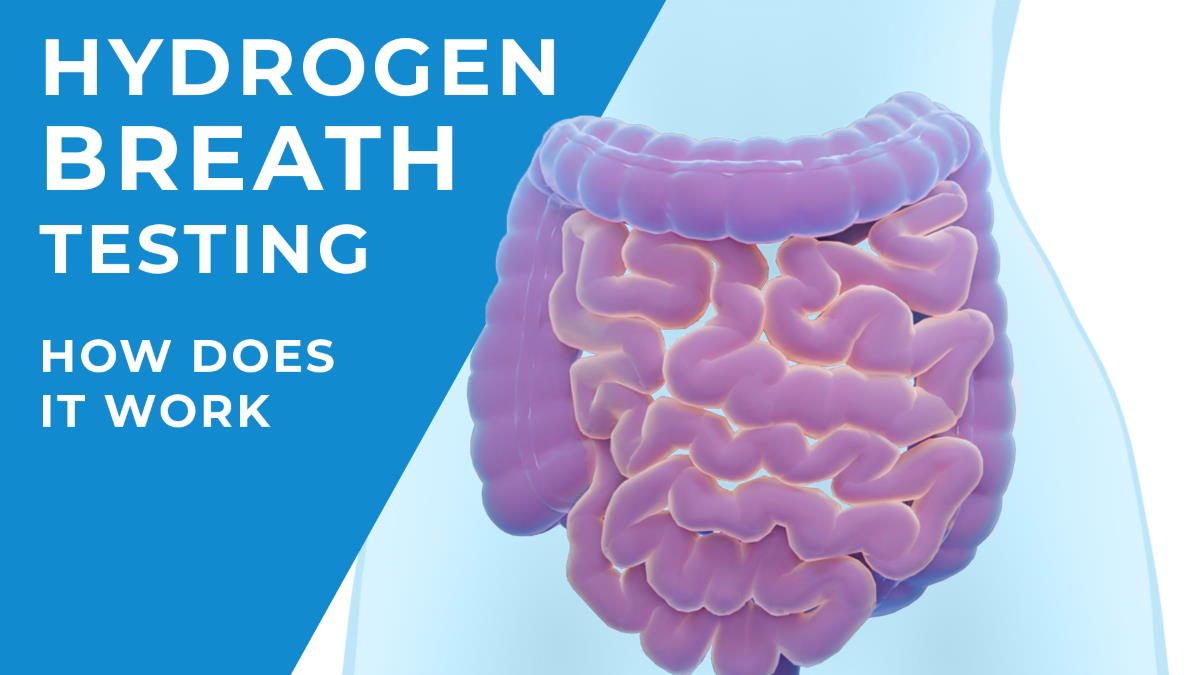Aoife has been struggling with digestive issues for five years but has found it difficult to identify her food triggers. While she has experimented with a number of elimination diets, bloating and abdominal pain have been a regular part of her life.
We caught up with Aoife after she did a FODMAP test through the Food Challenge feature in AIRE.
Before the test
Q: What FODMAP did you choose to test, and why?
A: I decided to test inulin first, which is found in garlic and onion. I suspected these could be triggers for me. I’ve already done some everyday testing with AIRE, but I was interested to see how I would respond to inulin by itself. I plan to try each of the other three FODMAP sachets that came with the device over the next few weeks.
Q: What preparation was involved?
A: I wanted to make the most out of the Food Challenge, so I had a low-FODMAP dinner of chicken and potatoes the night before. This helped ensure that nothing I ate the day before was fermenting in my gut and interfering with my readings. I found lots of low-FODMAP recipes online for inspiration! After dinner, I fasted overnight. This morning, before the test, I brushed my teeth. Then I grabbed everything the app told me I needed for the Food Challenge, including the inulin sachet and some water for mixing it in.
What are FODMAPs?
Garlic and onion contain inulin, which is one of a family of sugars and sugar alcohols called FODMAPs. FODMAPs sometimes travel through the digestive system without being fully absorbed. This can lead to disruptive symptoms for some people. A common challenge for people with digestive issues is trying to pinpoint which FODMAPs trigger problems for them.
Food Challenges with AIRE
Structured tests with individual FODMAP components can be done using the Food Challenge feature in AIRE. After consuming the FODMAP, you take a series of breath tests. From these readings, AIRE can tell you how well your body has digested that food. These tests require some preparation to do them properly.
Four FODMAP sachets accompany your AIRE device to test with: lactose, fructose, sorbitol, and inulin.

Starting the test
Q: What did the test involve?
A: I had to stir the inulin in hot water for a while, but it fully dissolved after a few seconds. It had a mildly sweet taste, which was actually kind of nice! After drinking the mixture, I took breath tests every 15 minutes for three hours. The app reminded me when I needed to take each test, so I just kept my AIRE and my phone with me as I got on with my morning.
The results
Q: What did your results show in the end?
A: About two hours after starting the test, I started to see a rise in my Fermentation Score in the app. I knew from the app that this meant that the inulin had reached my large intestine, and the bacteria were fermenting it. I enjoyed tracking how my fermentation levels changed as the inulin made its way through my digestive system.
Q: What do your results mean for you?
A: It meant a lot to see these results. As a sufferer of digestive discomfort, it can feel so disheartening trying to pinpoint foods that I think may affect me, but then sometimes they don’t. It gave me hope to continue to figure out what foods suit me the best.
I now know that I should limit how much inulin is in my food. The Food Search feature in the AIRE app has helped, because I’ve been able to look up whether my food is high in inulin and find other options. This has made a huge impact on my daily life and reduced a lot of my symptoms. I look forward to pinpointing if there are other foods not agreeing with me.
AIRE is a pocket-sized breath analysis device. It helps people with chronic digestive issues determine the foods that work best with their digestive system.
The FODMAP program, which is available as an add-on, allows users to track their response to specific food components like lactose, fructose, sorbitol and inulin. To learn more about FoodMarble AIRE and the FODMAP program, visit www.foodmarble.com.





